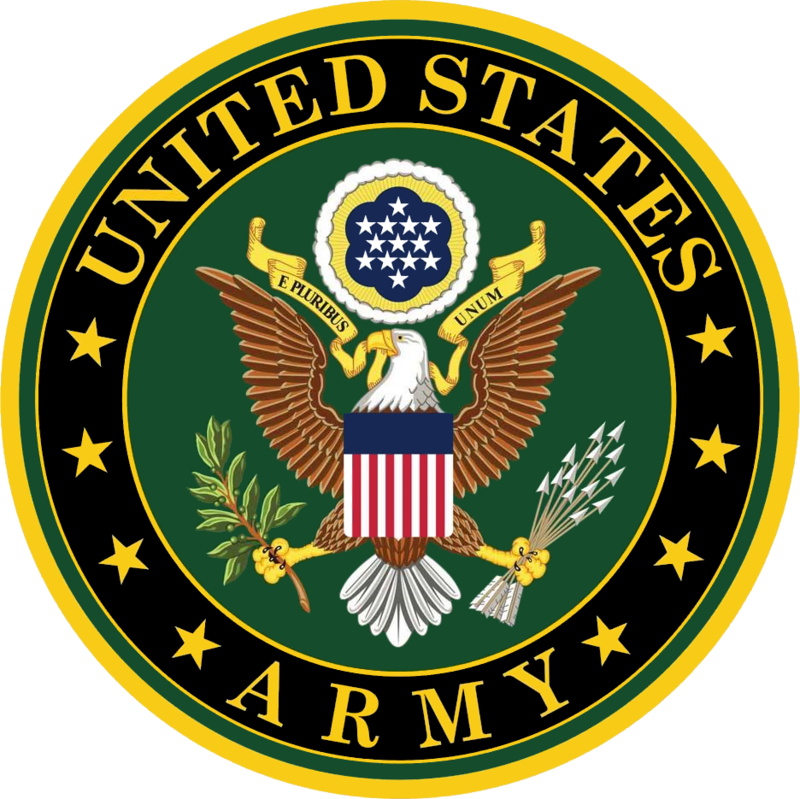ABOUT 3:2nd Armored Cavalry
- Legacy of the "Brave Rifles": The 2nd Armored Cavalry Regiment, often known as the "Brave Rifles," was formed in 1836 and has a storied history of service in numerous American conflicts. The 3rd Squadron (3/2 ACR) carries forward this rich legacy.
- Indian Wars Service: The 2nd Cavalry Regiment, including what would become 3/2 ACR, played significant roles during the Indian Wars, serving in the frontier West and engaging in campaigns against various Native American tribes.
- World War II: During WWII, the 2nd Cavalry Group (Mechanized) was instrumental in intelligence gathering and reconnaissance missions in Europe, including the liberation of Czechoslovakia, where they famously rescued the Lipizzaner stallions in Operation Cowboy.
- Cold War Duty: The 3rd Squadron was stationed in Germany during the Cold War, patrolling the border between East and West Germany and providing frontline defense against potential Soviet aggression.
- Desert Storm: 3/2 ACR was deployed as part of Operation Desert Storm in 1991, participating in reconnaissance and screening operations during the liberation of Kuwait.
- Stryker Transformation: In the early 2000s, the 2nd ACR was transformed into a Stryker Brigade Combat Team, making 3/2 ACR one of the first U.S. Army cavalry units to field the Stryker armored vehicle.
- Operation Iraqi Freedom: 3/2 ACR was deployed multiple times to Iraq, notably taking part in the Battle of Fallujah in 2004, where they provided crucial armored support in intense urban combat.
- Motto and Identity: The unit’s motto, "Toujours Prêt" ("Always Ready"), exemplifies their readiness and adaptability, a tradition carried by all squadrons, including the 3rd.
- Decorations and Honors: 3/2 ACR, as part of the parent regiment, has earned numerous campaign streamers and unit citations, including Presidential Unit Citations for actions in WWII and Iraq.
- Modern Deployments: In recent years, 3/2 ACR has participated in numerous NATO training missions and exercises across Europe, reinforcing America’s commitment to its allies and adapting to new forms of warfare as part of the modern U.S. Army.

